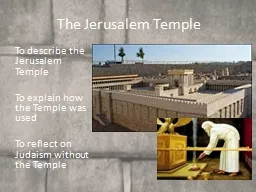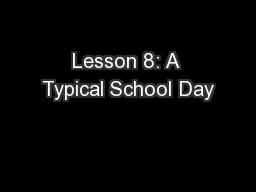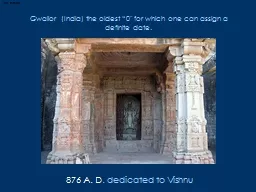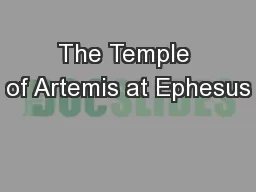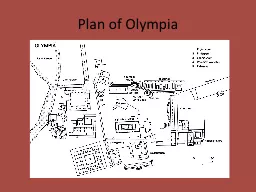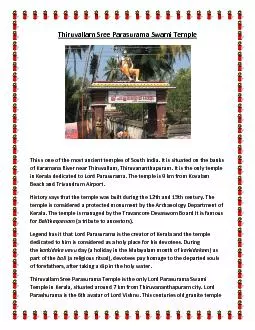PPT-Plan of a typical peripteral temple
Author : celsa-spraggs | Published Date : 2016-02-28
1 Peripteral Greek Temple Cellanaosroom inside temple that housed the cult statue of deity Pronaosfront porch that came before the cella open Opisthodomosrear porch
Presentation Embed Code
Download Presentation
Download Presentation The PPT/PDF document "Plan of a typical peripteral temple" is the property of its rightful owner. Permission is granted to download and print the materials on this website for personal, non-commercial use only, and to display it on your personal computer provided you do not modify the materials and that you retain all copyright notices contained in the materials. By downloading content from our website, you accept the terms of this agreement.
Plan of a typical peripteral temple: Transcript
Download Rules Of Document
"Plan of a typical peripteral temple"The content belongs to its owner. You may download and print it for personal use, without modification, and keep all copyright notices. By downloading, you agree to these terms.
Related Documents


